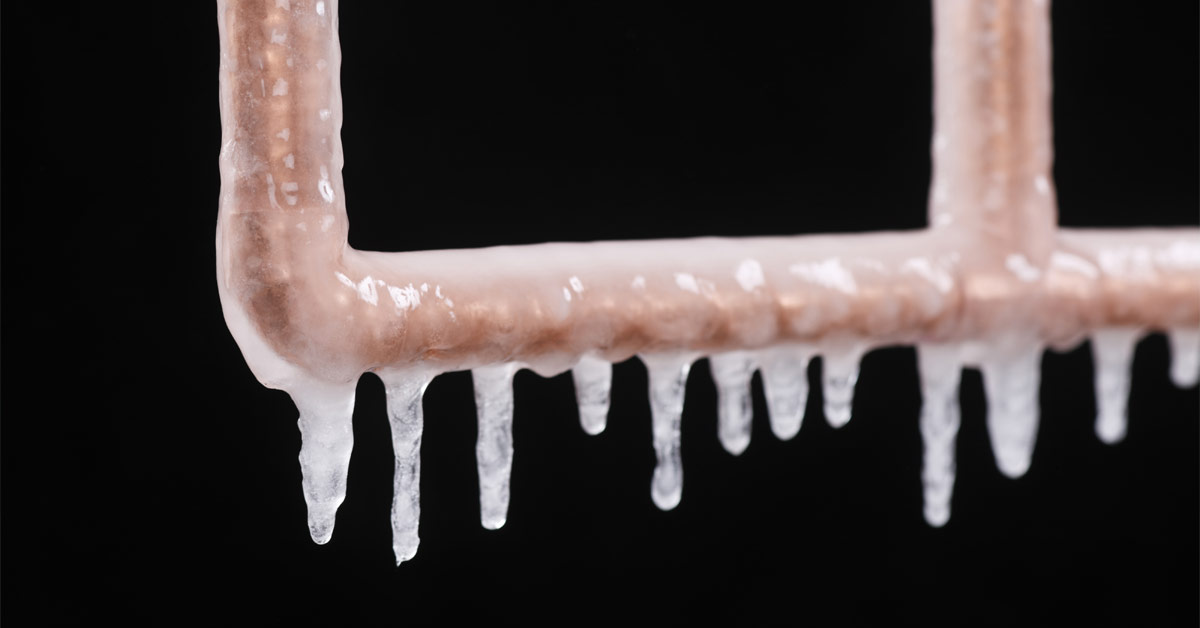
A warmer–than–normal November may have lulled you into a sense that time is on your side. But if you’ve been putting off outdoor chores, waiting for another warm(ish) sunny day to finish the fall cleanup, time is running out.
Don’t let unfinished chores, particularly plumbing, mess with the holiday season. Every year there are a few days of freezing temperatures, sometimes in the week between Christmas and New Year’s Eve, occasionally earlier in December, and most certainly in January.
Your water lines and drains are vulnerable to freezing. If they’ve frozen before, it will more than likely happen again. But it doesn’t have to.
Make sure there are no gaps in the outside walls, between the ground and the first-floor header, where cold air can enter. Add pipe insulation or add heat to plumbing that runs along an exterior wall.
Wind chill increases the possibility of freezing pipes that are already dealing with below-zero temperatures. Water lines may freeze. Drains that are aligned with exterior walls may also freeze. If your plumbing is in a cupboard that is located on an exterior wall, heat from the room cannot reach the pipes when the door is closed. Keep the cupboard doors open a bit so that the heat can extend to the inside.
If there is a crawl space that houses plumbing, check that there is enough insulation.
If plumbing has been added to outbuildings such as a shed, shop, or second suite, it may be vulnerable to freezing, especially if it is above the four-foot frost line. Add a layer of Styrofoam above the underground plumbing and a heated trace cable will help to protect it.
If the water lines are buried under the driveway, or a section of plumbing runs under the driveway, there is an increased risk of freezing. There is no protective insulation from snow when the driveway is kept clear.
That’s why it’s also good to keep snow over water and drain lines that are buried at a shallow level. Protect your buried plumbing from winter activities because walking, snowshoeing, cross-country skiing, snowmobiles, ATVs, etc., will drive the frost and freezing temperatures deep into the ground. Erect a barrier that can be seen above the snow as a visual alert.
Residents that draw water from a lake, river, or well need to be aware even if they drain the system and add antifreeze. Incoming water lines and outgoing septic lines are buried underground and need to be protected.
If you are on a septic system that is located uphill of your residence or cottage and have a small chamber to pump wastewater up to it, it will need to be protected from freezing and traffic from winter activities.
A heat tracer can be attached to the outside of the incoming water line to prevent freezing. Attaching it on the outside of the line will allow access if it needs to be snaked for clogs. If the hydro goes out, the water will freeze and the pipe may burst or split.
If you are dealing with frozen plumbing, the safest way to thaw it is to call Plumbtech because they have a machine that can do the job with no risk of fire to the building or melting plumbing pipes.


